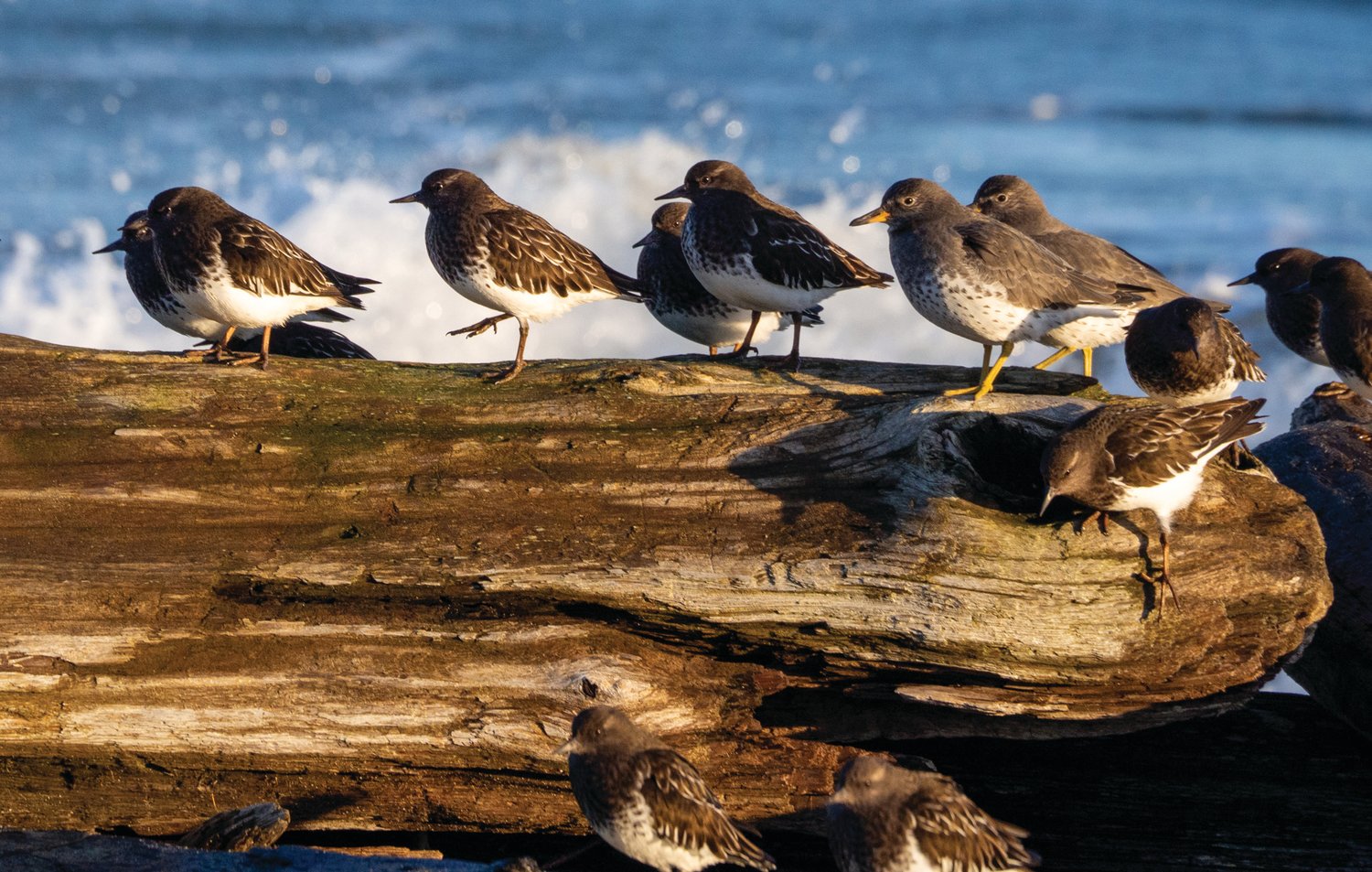It’s late December again, the darkest time of the year. Although we sometimes dread or lament this, winter gives us an opportunity to appreciate the way our planet cycles through the seasons …
This item is available in full to subscribers.
We have recently launched a new and improved website. To continue reading, you will need to either log into your subscriber account, or purchase a new subscription.
If you had an active account on our previous website, then you have an account here. Simply reset your password to regain access to your account.
If you did not have an account on our previous website, but are a current print subscriber, click here to set up your website account.
Otherwise, click here to view your options for subscribing.
* Having trouble? Call our circulation department at 360-385-2900, or email our support.
Please log in to continue |
|

It’s late December again, the darkest time of the year. Although we sometimes dread or lament this, winter gives us an opportunity to appreciate the way our planet cycles through the seasons every year, from summer to winter, like a pendulum swinging from one extreme to another.
The shortest day, usually Dec. 21, is the winter solstice, literally “sun standing still.” Soon the days will begin to lengthen, as light is returning. Migratory birds have reached their wintering grounds, and like the sun, are staying in one place, allowing us the chance to witness the huge gatherings; flocks of shorebirds on beaches, rafts of many kinds of ducks out on the waters, and smaller groups of geese and swans gathering on ponds, too.
Winter is a time of human gatherings too, of kindling holiday lights and singing songs to warm our hearts in this cold, dark time.
It has been a long, hard year, and we’re all looking for hopeful signs. Many songs mention our yearning for the light that comes after the dark.
At a winter solstice party some years ago, I learned what has become my favorite winter song, “Light is Returning” composed by a songwriter named Charlie Murphy. The opening line reminds us:
Light is returning, even though this is the darkest hour...
In winter, there is a surreal quality to the light, setting aglow the snow-mantled mountains like giant beacons of light. If one is lucky, magical sightings occur; sparkles of sunshine on cresting waves, vibrant rainbows against dark puffy clouds, or the flashy wing patterns as a swarming flock of shorebirds evades a predator. It’s an exciting time to get out into nature.
Animals are completely tuned in to the change of seasons. By December, the birds have finally arrived to their “winter grounds” — watery grounds around here.
Ducks, geese, and swans find ponds in flooded fields, shorebirds gather at the water’s edge, and flocks of sea ducks can be seen diving for fish offshore.
The beaches themselves have been getting a sort of natural “make-over” by rapacious surf, high tides, and heavy rains that erode bluffs. Erosion is just another word for movement of solid materials by wind, water, and gravity, and it feeds the beaches. The birds take it all in stride — they find places to rest, on beaches that change from day to day, strewn with chaotic piles of driftwood and seaweeds.
Even on those days when a southerly gale is raging, or an extremely high tide has drowned the rocky spit, flocks of migratory birds seem to show up at Point Hudson.
Yesterday I stood still while witnessing a flock — maybe 120 birds — of (mostly) Black Turnstones arriving at the water’s edge, crowding together on the cobblestone beach. Members of a few other shorebird species mixed in, as is common.
In no time, the roly-poly birds in their fine black-and-white suits were splishing and splashing with joy, taking a communal bath.
Turnstones act like sentinels to other birds, chirping a chorused alarm call and quickly launching into flight at the first sign of potential danger. What a thrill for me, to stand so close, some 20 feet away from these bathing beauties on the beach!
Then, some other humans came onto the scene, startling the flock and launching them into a spectacular display of aerobatic awesomeness. Tightly packed as a unit, they rapidly escaped out to sea, deftly turning this way, then that way, finally circling back to land on the beach, exactly where they’d been bathing a minute earlier.
When seen standing on the rocky beach, a Turnstone could be described as a plump white bird, dipped headfirst in black. When they take flight, though, their powerful wings and back flash a dazzling black-and-white pattern, which may help confuse predators.
Individually, these 6-inch long feather balls weigh a mere 4 ounces (120 grams), but as a group of agile flyers, they seem formidable. Point Hudson is one place they like to rest in the winter, before migrating north to Alaska in the spring.
The more deeply I delve into the scientific study of nature, the more aware I become of my spiritual feelings about it all. May your winter days be rich with the joys of the season.
I am happy to announce the publication of my first annual “Birds in & around Port Townsend” photo calendar for the Admiralty Audubon Society. To see a preview, go to this link: issuu.com/home/published/_audubon_calendar_2022_copy_for_web.
Contact me directly to request a calendar; donations gratefully accepted to support environmental education.
(Gary Eduardo Perless is the education director with Admiralty Audubon Society. Contact him at gperless @ gmail.com.)